Can we make a map for wastewater innovation?
…or even a guidebook?
During one phase of my misspent youth, I travelled by bicycle in search of adventure and insight. (Hang with me, this relates to environmental management, and I’ll get to that soon.) On one tour, I started in Vietnam, ending up in Pakistan a couple years later, having made some detours and added other means of transport to the mix.
When I started riding, I had a guidebook. It was exciting to immerse in culture, language, and so forth, but the guidebook provided empowering structure and a sense of security.
At some point, I traded my guidebook, along with my bike helmet, for a map and a sun hat. Traveling by map got me farther off the beaten path, and I had amazing experiences including some that inspired me to embark on my current career. Traveling this way was also more challenging and uncertain, especially since back then rural roads and paths were not all represented with great cartographic accuracy. Sometimes I needed to make my own path. 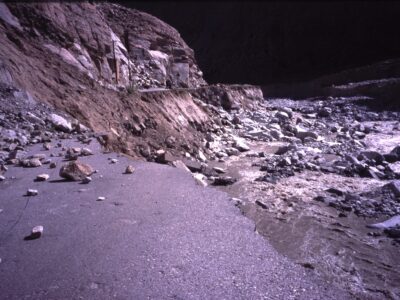
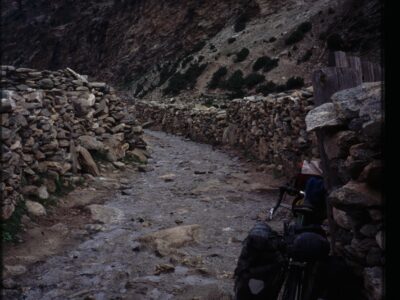
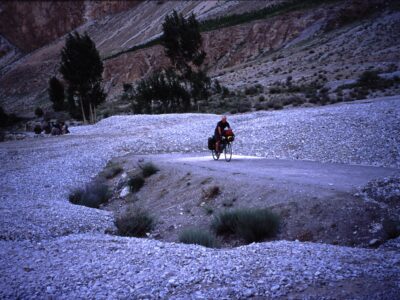
I had an amazing time traveling in these ways, but what does this all have to do with the environment?
To my mind, these modes of travel reflect the challenges wastewater managers have with permitting innovation. Hear me out.
Water management generally is a conservative and risk averse decision-making environment. And yet, because of climate change, population growth, changing societal expectations, the wastewater sector is going to have to do more with less. By definition, at some point that’s going to involve innovation – the adoption and diffusion new technologies and management practices, or, more simply, doing things differently than the tried and true.
NPDES permitting under the Clean Water Act is not intended to support innovation. It’s there to offer protections for the environment, human health, and other beneficial uses of our nation’s waterways. But the intent of the CWA is also not to serve as a roadblock to doing things that are cheaper, more effective, and better for the environment. Unfortunately, in practice it has the effect of erecting numerous barriers to innovation, for reasons we have discussed at length (e.g., here and here and here).
Permitting roadblocks notwithstanding, the country’s wastewater systems are going to need to do things differently. We’ll need more imaginative, complex, multi-benefit processes. More SWIFTs, more Tres Rios projects, more out of the box, fit for purpose, local solutions, more new technologies coming out of the pilot phase and into full scale implementation, more creative ideas that we can’t even imagine now.
Our team recently returned from the Johnson Foundation at Wingspread, where I helped lead a workshop about the intersection between regulation and innovation in the wastewater sector, along with my colleagues Dave Smith (formerly EPA), Felicia Marcus (Legend), Justin Mattingly (EPA). An all-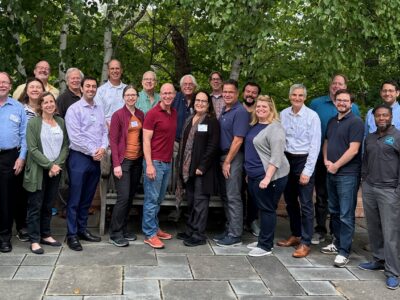 star group of thought leaders from the regulator and regulated communities, NGOs, and other relevant perspectives spent time together digging in on these issues. The group generated a raft of powerful ideas, centered around the intellectual framework for effective decision making that Nell Green Nylen recently pioneered.
star group of thought leaders from the regulator and regulated communities, NGOs, and other relevant perspectives spent time together digging in on these issues. The group generated a raft of powerful ideas, centered around the intellectual framework for effective decision making that Nell Green Nylen recently pioneered.
My main conclusion is that utility managers trying to implement new ways of doing things, the regulators they interact with, and the stakeholders impacted by their collective decisions are all like adventurers traveling with only a compass to guide their way. Only there aren’t even any roads yet. 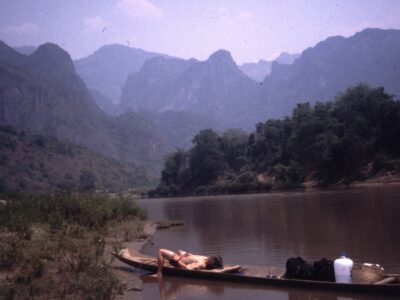 They often have a sense of the destination they’d like to reach, expressed as environmental and social outcomes they’d like to see, and technological options they are considering. But they must travel through an unknown wilderness and varied terrain to get there.
They often have a sense of the destination they’d like to reach, expressed as environmental and social outcomes they’d like to see, and technological options they are considering. But they must travel through an unknown wilderness and varied terrain to get there.
This all contributes to why innovation in this space is so celebrated, so rare, and so slow to implement when it does occur.
The good news is that we can do so much more with the system we have. Our workshop started to show some of the possibilities that can happen when creative people start to think without the constraints of the status quo.
But we do need to make a map. And a guidebook.
With this workshop, we’ve begun that process, building on a decade of research. Stay tuned for how it goes. And drop me a line if you’d like to saddle up for the journey with us.








Reader Comments